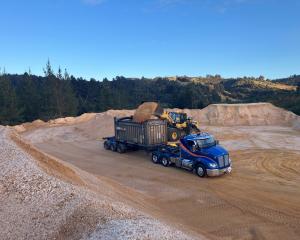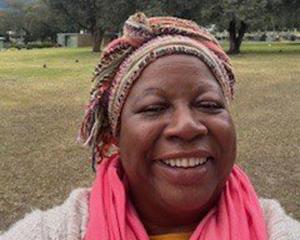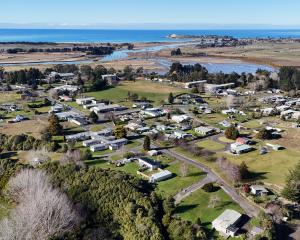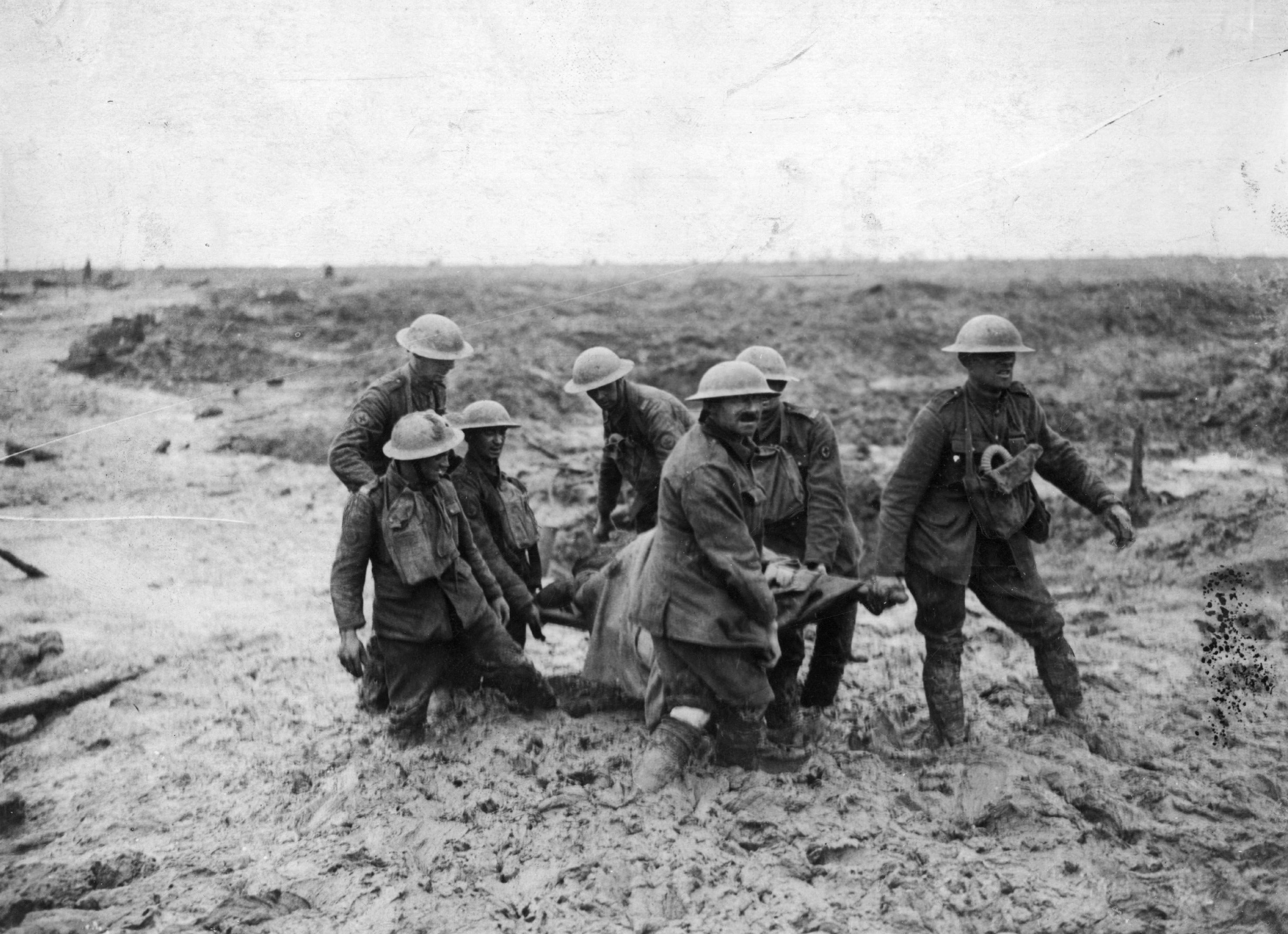
Now the graves have been discovered, the search begins for the two men’s descendants.

At least 843 New Zealanders were killed in action on that day — the highest number of New Zealanders to die in battle on a single day — with many thousands more wounded.
In the aftermath of the fighting, there were at least five sets of brothers recorded among the 1176 names engraved on the Memorial to the Missing at Tyne Cot Cemetery in Belgium.
Cpl McFarland was one of nine siblings — his brother, Robert, also served in, and survived, World War 1.
New research from independent, volunteer researchers conducted in 2019, along with further information from the Commonwealth War Graves Commission and New Zealand Defence Force (NZDF) historians has revealed the final resting place of the two men.
NZDF historian John Crawford said the archival evidence supporting the identification of the graves was "clear and compelling".
"To identify the two men, our team were able to use evidence held at Archives New Zealand, which details the known positions of the New Zealand Machine Gun Companies, and the rank and corps information recorded in the archival material held by the Commonwealth War Graves Commission," Mr Crawford said.
Cpl McFarland was the only candidate matching the particulars of an unknown grave in Passchendaele New British Cemetery.
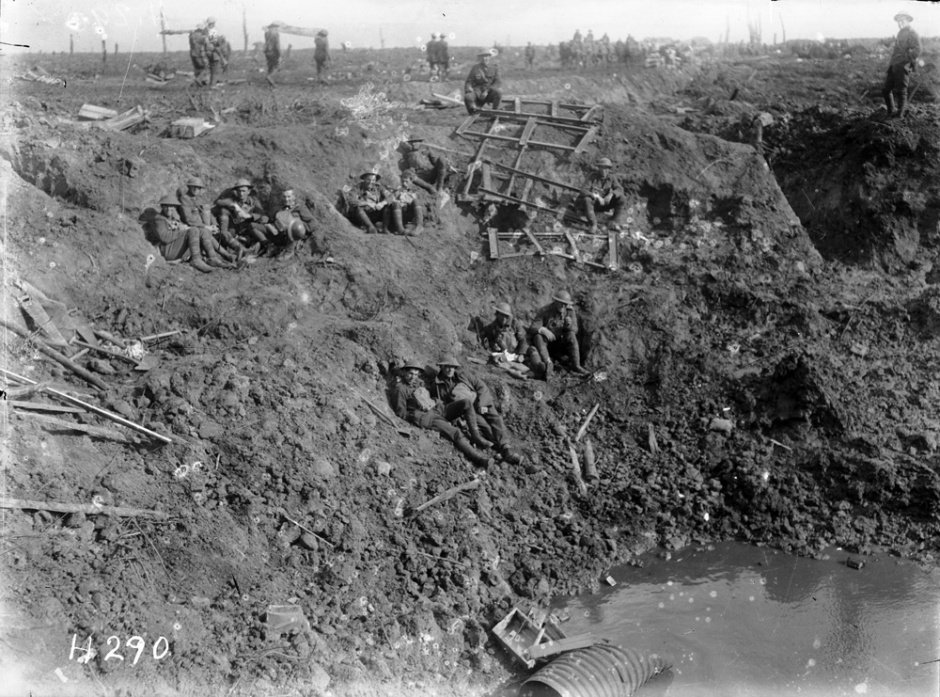
"We are grateful for the volunteer researchers submitting the information which led to this identification and means we can now share the new research with descendants if they make themselves known to us."
The men’s gravesites will now be officially acknowledged through the marking of their final resting place with new headstones bearing their names and Mr Crawford said it was hoped family members would be made aware beforehand.
Cpl McFarland, a bank clerk with the Bank of New South Wales in Lawrence, South Otago, enlisted on August 14, 1914, ten days after the British declaration of war upon Germany.
Newspaper coverage reports from the time said he was wounded in action in Gallipoli and the Somme offensive.
Death notices and obituaries flooded New Zealand’s publications following Passchendaele and Cpl McFarland is among the notifications.
His name is listed on the Lawrence War Memorial.
In a small obituary inserted by "loving aunt and cousins" is a Thomas Campbell quote — "To live in the hearts of those we love is not to die", while the committee of the Lawrence Lawn Tennis Club reported that he was a "very enthusiastic player and his genial presence will be greatly missed".
Sgt Smith, born 1885 in Portsmouth, England, had served with the Royal Navy and when he enlisted in 2015 he was a merchant seaman.
Relatives of either of these men are encouraged to email historyenquiries@nzdf.mil.nz.
— Allied Media









